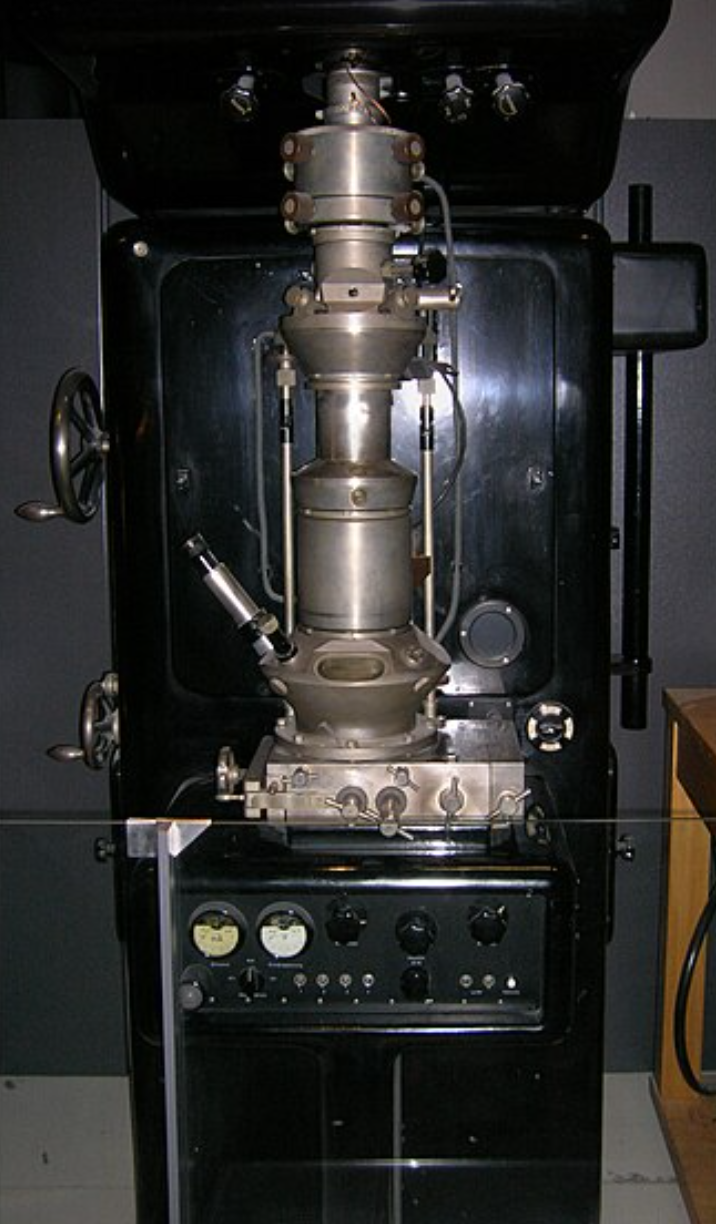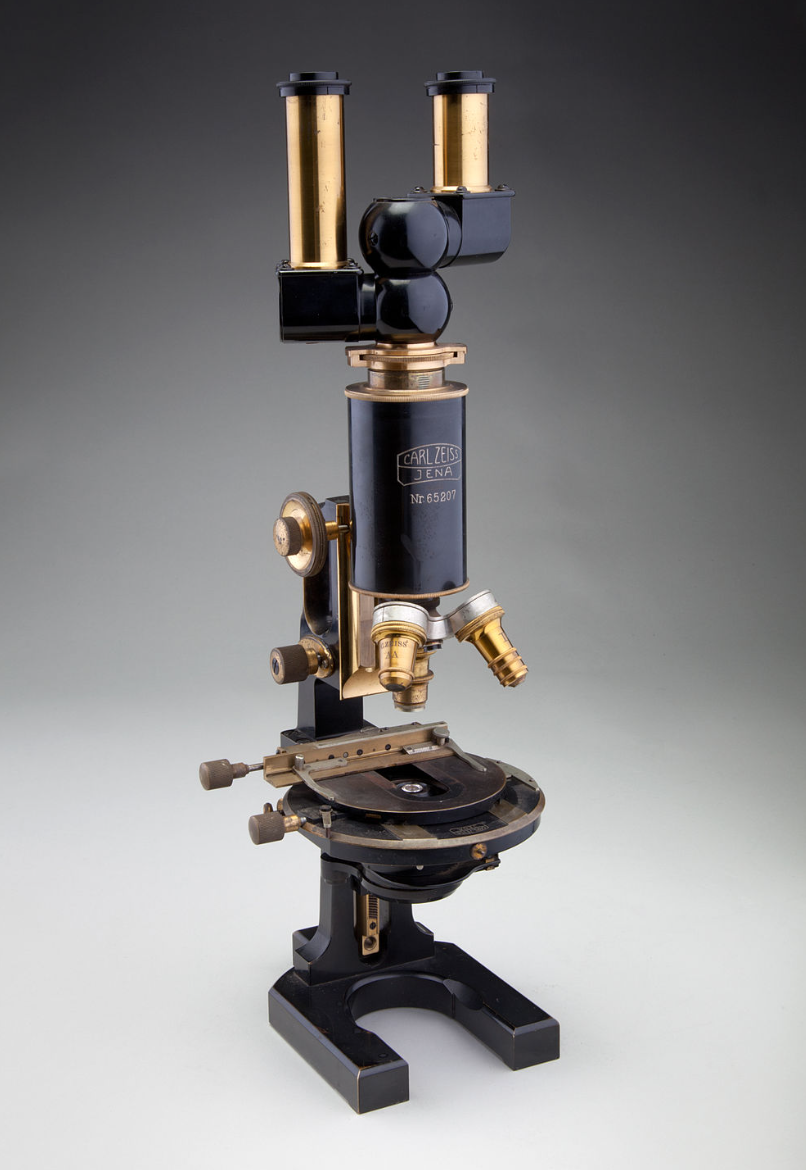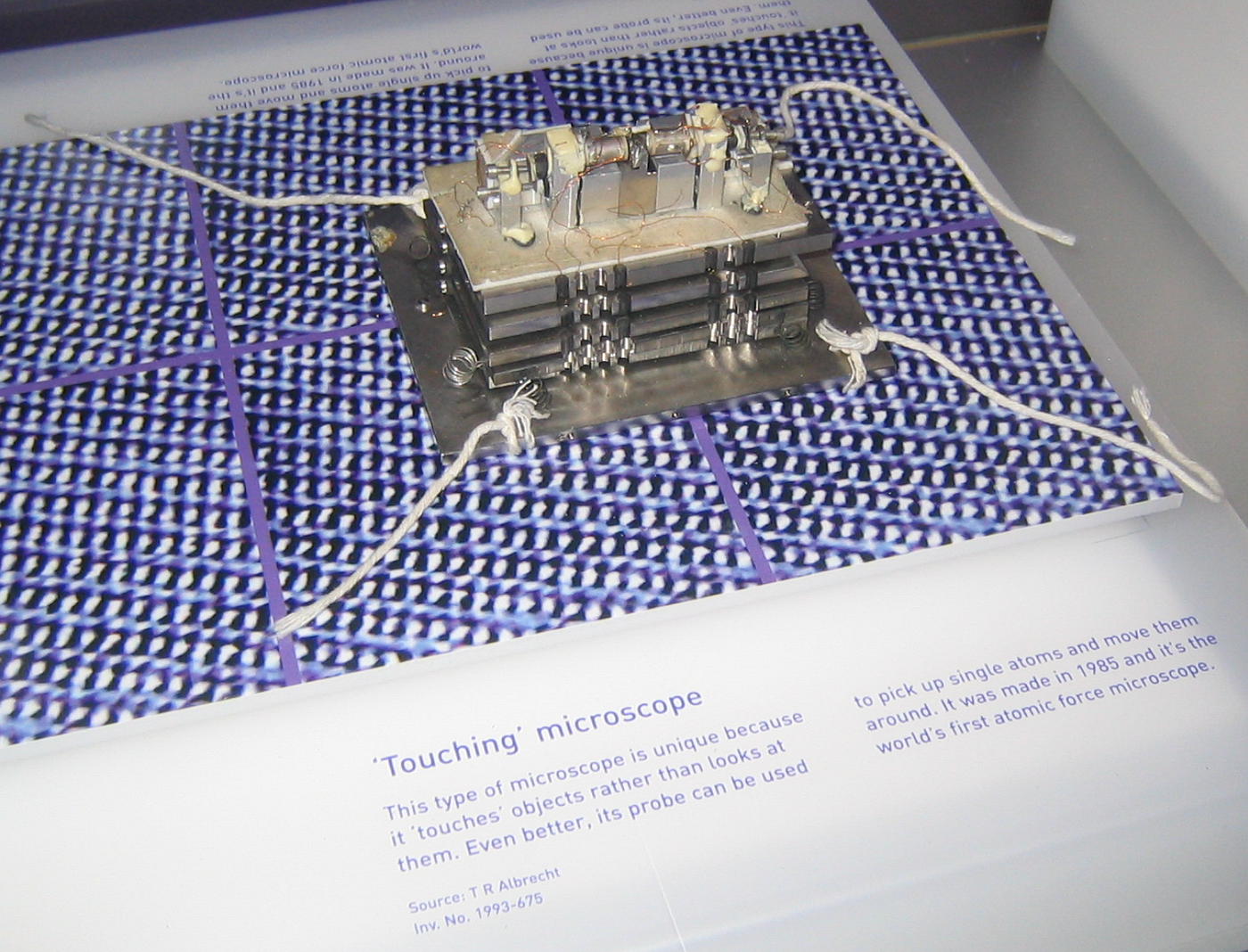What The Tech?! Microscopes
Microscopes would unlock the world at a cellular level.
While the modern world has some pretty fancy technology, when you look around, it’s kind of easy to understand why. Miniaturised electronics is just one of the reasons we’re able to lean so heavily on technology, while insanely accurate manufacturing technology allows us to now grind and produce lenses and optics that have tolerances of mere microns.
It wasn’t always like this, though. In fact, part of the reason why so many early discoveries were so noteworthy was due to the technical limitations of the time. While Microscopes, Telescopes, and other scientific equipment were present, it’s no lie to say that they were rudimentary instruments considering the technology of the time. In today’s What The Tech?! We’ll be exploring the history of the microscope, as well as why it was so influential to the scientists of the day. Let’s go!
The History
The Age of Exploration and the feats that were part of it would be responsible for giving mankind many epic tales. From Shackleton in the Arctic, through to the first rudimentary methods of radio communication, technology and its use would be at an all-time high as men of all nations made their way around the globe. While this was a time for science and all the achievements that came with it, it might surprise you to learn that the history of the microscope, as well as the discoveries that it came with it, were discovered far earlier than we would give people credit for.
In fact, it would be the 16th century when the microscope would really shine and start to evolve into the modern concepts that we see today. In 1665, Englishman Robert Hook studied cork under custom-made optical lenses. This would garner enough information to publish “Micrographia”, which would feature the first usage of the word “cell” in a biological context.
Just a few years later, in the Netherlands, researcher Antonie Van Leeuwenhoek would receive recognition for the research carried out that would help humanity obtain its first look at bacteria, sperm cells and even red blood cells. While it would take time for manufacturing processes to provide optics that were capable of helping to build on this knowledge set, the stage would be set to provide even more information in the coming decades.
The Golden Years
The creation of suitable optics had been a focus of advanced societies for some time, but not just because of their usage in the context of expanding knowledge around human biology. At the time, science was a broad-ranging topic with a focus on everything from animal / human biology right through to astronomy and astrophysics. And, all of these fields of study would benefit from advances in optical manufacturing technology.
It would be the 18th century that would kick-start the production of these new optics. These new designs were far more advanced than the limitations of earlier designed systems, however, they’d often still struggle with things like chromatic aberration and other imaging flaws that weren’t well understood at the time.
As the 19th century rolled around, we would see the first achromatic lenses used in imaging. These would help correct color distortion and provide a more accurate image of the subject.
At this point, things we’re starting to come together, but it would be the research advancements made during the world wars that would help kick off the next stage of evolution for the microscope.
Modern Twists
We’ve spoken before about how the First World War would give us rapid steps forward regarding medical advancements, and the technology regarding medical and optical imaging would be no different. Here, we would see rapid evolutions occur within a short time frame that would have notable flow-on effects to other fields like pathology.
This time, though, it wasn’t just advanced optics that promised further revolutions to the field. It would be a change of overall design, that would shift microscopes away from using light to achieve optimal magnification towards using individual electrons to achieve the best imaging clarity possible.
Forever changing the field of pathological imaging and biology, electron microscopes allowed researchers to see the world in stunning levels of detail. For the first time, bacteria and pathogens could be seen in extreme detail right down to the cellular level, enabling researchers with an entirely new view of the world.
We’re often credited as living within the “age of information”, and with everything available now at our fingertips with a mere Google, it’s hard to understand just how big the impact was to the scientific world back then. Electron microscopes offered the potential of new treatments for old diseases, as well as tipping the previously understood germ theory on its head with factual observations thanks to the microscope.
The world would be forever changed due to the discoveries made using the electron microscope, however, things weren’t over just yet. In fact, things were just getting started.
Atomic Scopes
Seeing things at a cellular level was pretty impressive (especially in the 1930s!), but the reality was that the miniturisation of electronics and advancements at the time meant that the microscope would be nowhere near the end of its development yet. While the next stage would take several decades to bring together, there’s no denying that its impact on the world would be similar to that of the electron microscope.
This would introduce us to the atomic force microscope, a design that would be sensitive enough to use at an atomic level yet functional enough that it could pick up and manipulate individual atoms.
Differing from the electron microscope in that it would “touch”, not “see”, the Atomic Force microscope would be essential in helping researchers to understand fundamental human concepts like how our DNA was structured. It would also help us to produce vaccines, analyse fluids, as well as increase the overall standard of medical care that a patient could expect to receive. Not a bad effort, considering where things were placed just a few decades prior.
With all this in mind, it's easy to understand why modern medicine would be responsible for helping us achieve life expectancies that would be far greater than those of previous generations. Microscopes would increase our overall understanding of animals, humans and foliage. This is the structure of a leaf. Source: Wikipedia.
Microscopes would increase our overall understanding of animals, humans and foliage. This is the structure of a leaf. Source: Wikipedia.
In The Future
You might be reading this and wondering how, at this point, we could ever improve on the systems we already have. The reality is, though, that we haven’t seen anything yet, as each new advancement through technology helps us to improve our imaging efficiency. It also helps us deepen the understanding we have regarding our need for accurate and reliable imaging strategies.
As the new millennium would come and go, we’d see developments in sound and acoustic-based systems, scanning microscopes and even the world's first quantum microscopes.
It’s these atomic and quantum microscopes that have researchers' attention, though. Into the future, these designs will help us research and understand things like nanotechnology on a far deeper level than we’re able to achieve currently.
There’s also plenty to be excited about regarding the ongoing development of the field of fluorescence microscopy. This allows pathologists and researchers to use dyes and lasers to tag and track individual cells with startlingly high levels of accuracy.
It’s an exciting time to be a fan of science
What The Tech is our recurring, twice-monthly piece that looks at the technology that was essential in shaping our modern world.
If you found this article insightful, informative, or entertaining, we kindly encourage you to show your support. Clapping for this article not only lets the author know that their work is appreciated but also helps boost its visibility to others who might benefit from it.
🌟 Enjoyed this article? Join the community! 🌟
📢 Join our OSINT Telegram channel for exclusive updates or
📢 Follow our crypto Telegram for the latest giveaways
🐦 Follow us on Twitter and
🟦 We’re now on Bluesky!
🔗 Articles we think you’ll like:
- What The Tech?! Space Shuttles
- Shodan: A Map of the Internet
✉️ Want more content like this? Sign up for email updates












![Nekodex – Earn 20K+ NekoCoin ($20) [Highly Suggested]](https://cdn.bulbapp.io/frontend/images/b4f0a940-f27c-4168-8aaf-42f2974a82f0/1)















































